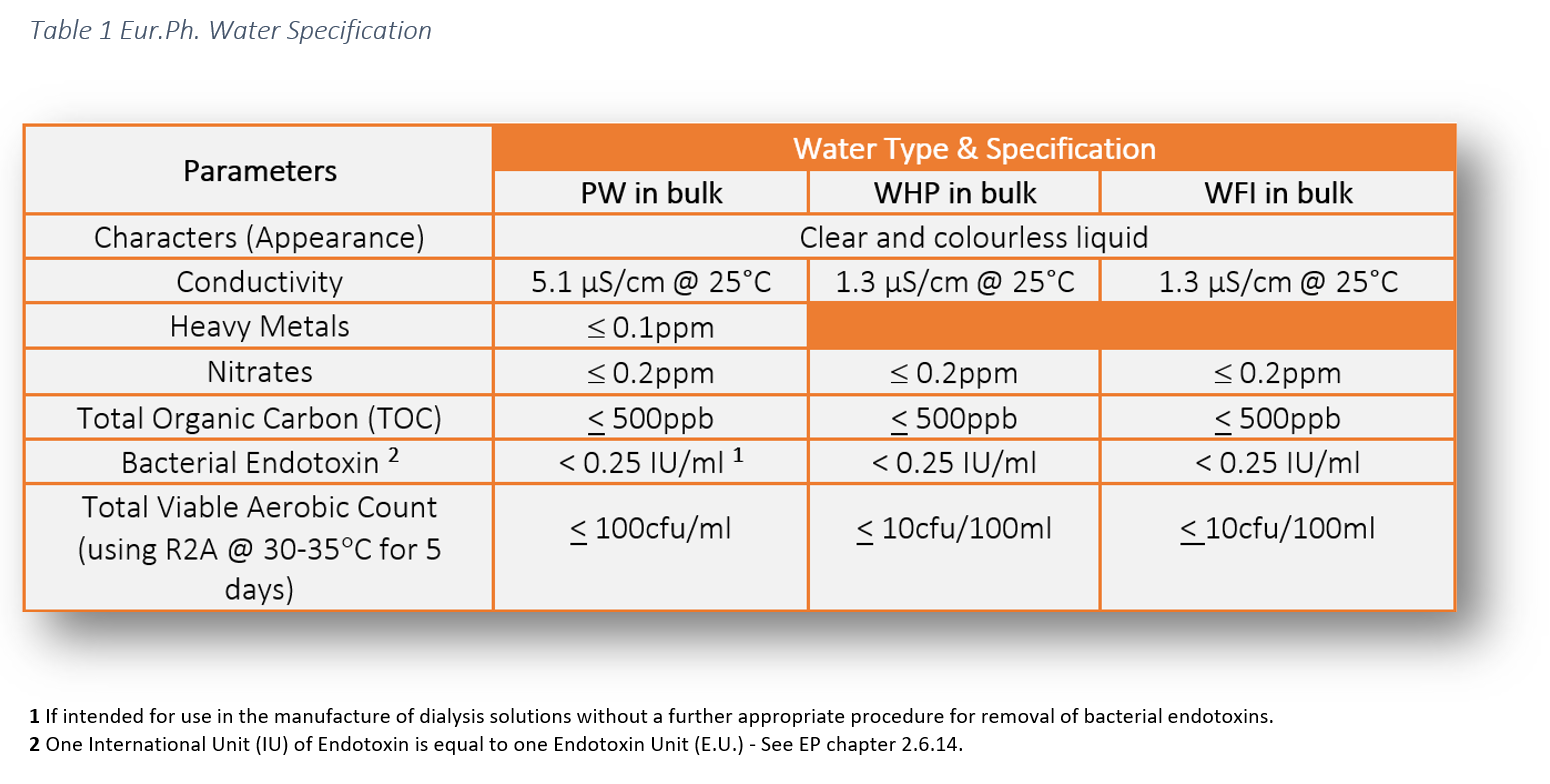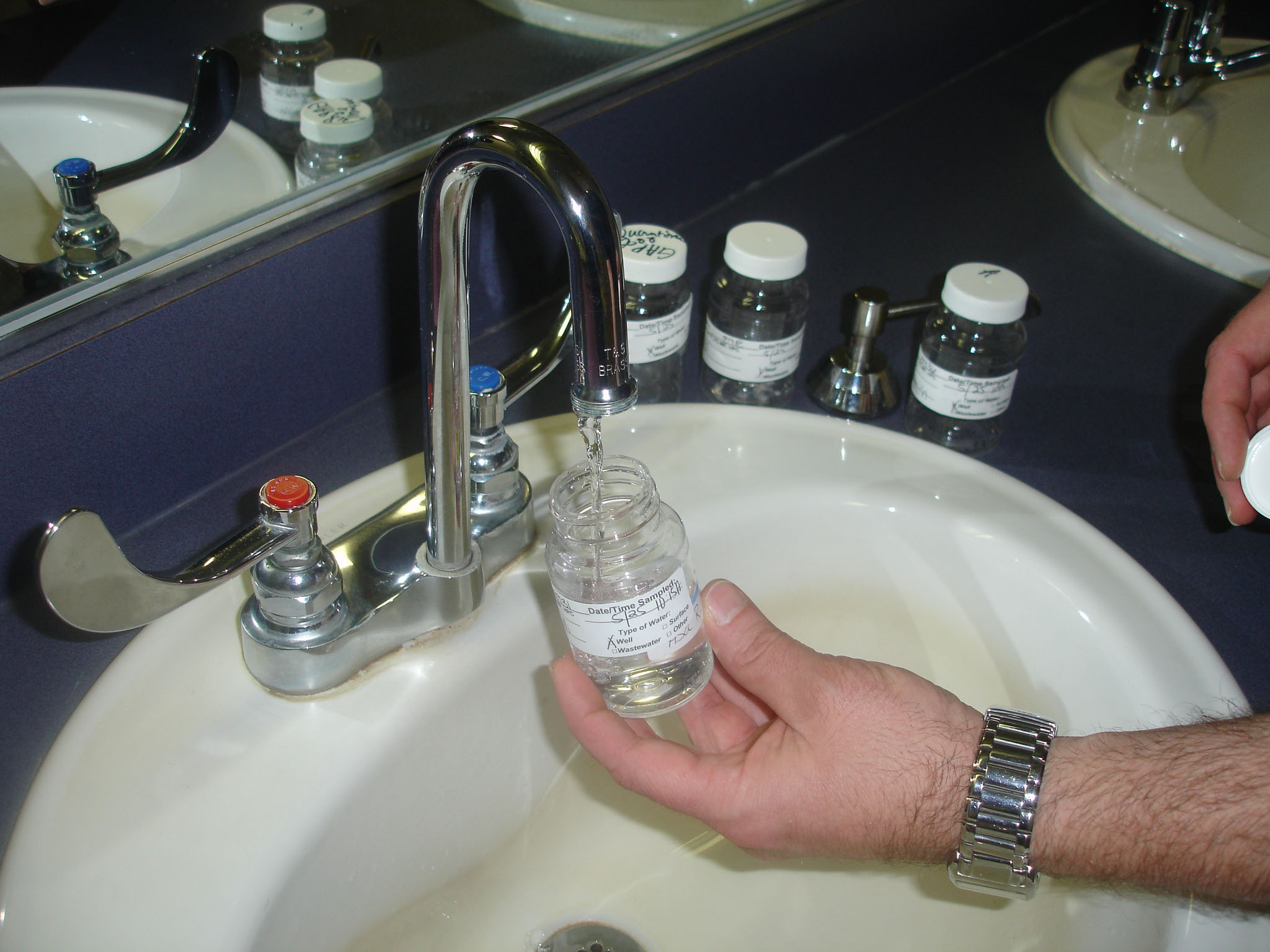Little Known Questions About Bacteria Testing.
Wiki Article
The Single Strategy To Use For Bacteria Testing
Table of ContentsBacteria Testing - TruthsBacteria Testing for DummiesThe Bacteria Testing StatementsBacteria Testing Fundamentals Explained
Coliforms are microorganisms that are constantly existing in the gastrointestinal systems of animals, consisting of humans, and are found in their wastes. They are additionally located in plant and soil material. Water air pollution brought on by fecal contamination is a major issue as a result of the possibility for contracting diseases from pathogens (diseasecausing microorganisms).As an outcome, it is not practical to test for pathogens in every water sample gathered. Coliforms are relatively very easy to identify, are normally present in larger numbers than more unsafe virus, and react to the environment, wastewater therapy, and water treatment similarly to numerous pathogens.
Total coliform counts give a general indicator of the sanitary problem of a water supply. consist of germs that are located in the soil, in water that has been affected by surface water, and in human or animal waste (Bacteria Testing). are the team of the complete coliforms that are taken into consideration to be existing specifically in the digestive tract and feces of warm-blooded pets
is the significant species in the fecal coliform team. Of the five general groups of germs that consist of the complete coliforms, only E. coli is typically not found growing and recreating in the setting. E. coli is considered to be the species of coliform germs that is the finest sign of fecal contamination and the feasible visibility of pathogens.
The 2-Minute Rule for Bacteria Testing
Current outbreaks of illness caused by E. coli 0157: H7 have produced much public worry regarding this microorganism. E. coli 0157: H7 has actually been discovered in cattle, hens, pigs, and lamb.

Late spring or early summer season are the very best times to check your well, because coliform contamination is most likely to turn up throughout wet climate. Whether your test outcomes are favorable or adverse, understand that the sample you gathered is just a "photo" of your well's water top quality. The more samples you have examined, the more certain you can be about the high quality of the water you are consuming alcohol.
Total coliforms can come from sources various other than fecal matter, a favorable overall coliform example ought to be taken into consideration an indicator of air pollution in your well. Favorable fecal coliform results, especially favorable E. Coli results, need to be considered sign of fecal air pollution in your well. When coliforms have been discovered, repair work or modifications of the water system might be called for.
Some Known Incorrect Statements About Bacteria Testing
A malfunctioning well is commonly the reason when coliform germs are located in well water. - seals around wires, pipelines, and where the cap fulfills the housing may be cracked, allowing in contaminants - cracks or openings in the well casing allow water my link that has not been infiltrated the soil to get in the well.The U. S. Environmental Defense Agency (EPA) needs public water supply to on a regular basis check water for total coliform bacteria and E. coli. Safe alcohol consumption water does not have E. coli or other microorganisms in it. Here are some referrals on exactly how to avoid and address coliform germs contamination: Safeguard Your Well by building it in a safe spot.
You are responsible for maintaining your well water secure and screening it as needed. All well testing needs to be done with an approved research laboratory. Contact a Minnesota Department of Wellness (MDH) accredited lab to obtain a sample container Resources and directions on just how to submit an example. You can additionally call your county to see if they have any kind of programs to make testing your water much easier.
Decontaminate your well with a chlorine service, utilizing the exact same Well Disinfection - Bacteria Testing actions as above. Test your well water once again after disinfection to validate there are no coliform bacteria. You can use the water once more, without steaming, as soon as the well has been disinfected and the water no longer tests favorable for coliform germs.
The 5-Second Trick For Bacteria Testing
Your public water system is regularly evaluated for coliform microorganisms. The system will issue a public notification within 24 hours if it discovers E. coli.You can discover the coliform microorganisms test results for the systems offering areas besides where you live by getting in touch with the water supply.

Added examinations might be recommended if water shows up cloudy or oily, if microbial development shows up on components, or water therapy tools are not working as they should. Get in touch with your water well contractor, state division of natural resources, or local wellness department for info on regional water quality issuesCheck your water at least 2 times a year. Call a public health and wellness assessor to see what's best for your water supply. Coliforms are a team of bacteria that are almost all over. They remain in soil, plants, sewer, and manure. E. coli are bacteria that people and some animals have in their intestines.
Report this wiki page